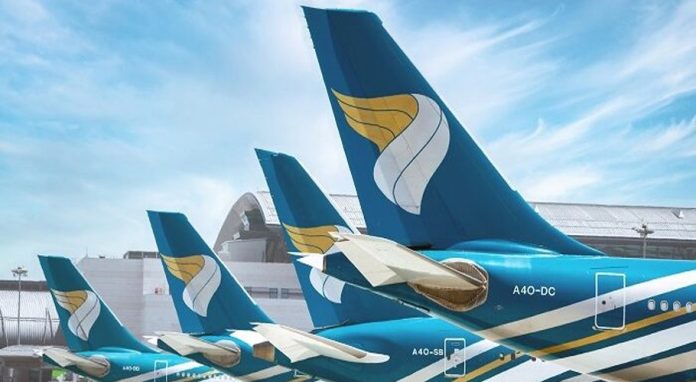Oman Air, headquartered in Muscat, has recently undertaken a substantial reevaluation of its flight operations, leading to the suspension of flights to major cities in Pakistan, including the capital Islamabad and Lahore.
The airline, known for its modern fleet and quality services, has also halted operations in other Asian regions, such as Colombo and Chittagong. Intriguingly, the national carrier of Oman has added Sialkot to its list of destinations.
This strategic shift has broader implications, particularly for South Asian passengers who frequently travel to the Middle East for employment opportunities and often rely on carriers like Oman Air for their journeys.
The adjustments in Oman Air’s flight operations extend beyond Pakistan, encompassing changes to destinations and flight frequencies in India, Sri Lanka, and Bangladesh. The overarching goal is to curtail losses and enhance overall revenue for the airline.
In India, the airline has reduced flight frequencies to certain cities while simultaneously increasing capacity to destinations like Lucknow and Kerala.
Seasonal adjustments have also been introduced, with Trabzon included for the summer season and Malé and Zurich for the winter season, strategically aligned with holiday periods.
The airline’s commitment to schedule efficiency is underscored by the optimization of flight timings. By prioritizing the needs of the Omani market and fine-tuning key travel routes to and from Muscat, Oman Air aims to enhance overall service quality and operational effectiveness.
Oman Air emphasizes a flexible strategy, recognizing the dynamic nature of the aviation industry and the need to adapt to evolving market conditions. The airline aims to capitalize on opportunities that align with the economic and social goals of the country.
This strategic realignment reflects Oman Air’s proactive approach to remaining competitive, contributing positively to Oman’s economic objectives, and ensuring its continued relevance in the ever-changing aviation landscape.


